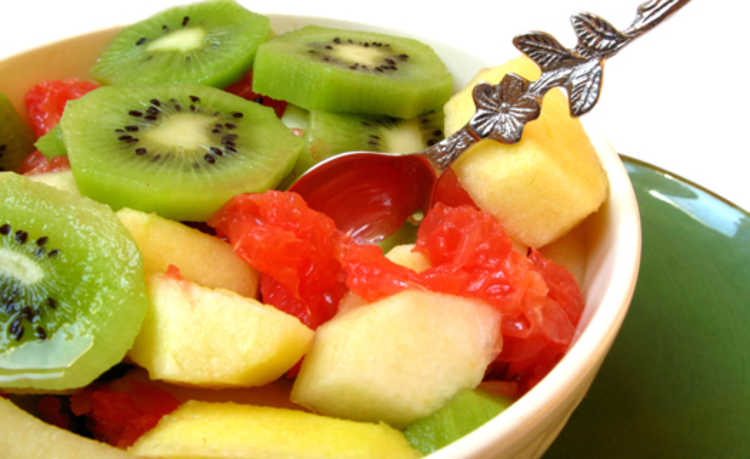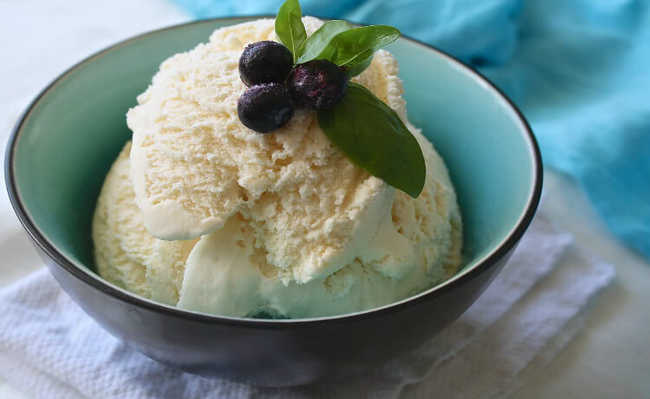Is Ceramide hydration or nutrition?
Ceramide enhances hair hydration, nourishes and gives more shine to dry strands, and also to the skin

Image by Daniel Apodaca, is available on Unsplash
Ceramide is a lipid composed of an 18-carbon unsaturated alcohol sphingosine and a long-chain fatty acid, joined by an amide bond. It works as a natural protective barrier and also as a cement that maintains the integrity of the hair strands, helping to keep the hair fiber cuticles lowered and closer together, which causes shine. Let's explain in more detail.
Ceramide can be obtained in the laboratory and has the chemical name "N-stearoyl-phytosphingosine", or "Ceramide-3", or "Ceramides III", and is identical to the one produced by the human body, highly pure and safe.
an analogy
The structure of the hair shaft is similar to that of a tree trunk in many ways. But if it were a plant, instead of having a shell on its surface, it would have scales like those of a fish. It may sound strange, but in a little while you will understand.
Inside the hair is the cortex which, as in the plant kingdom, if damaged, it will take time to recover. And as a plant suffers when exposed to too much sunlight or little water, clearly demonstrating its health through the bark and leaves, such scales or hair cuticles rise and fall, giving intense shine or opacity.
If the scales are raised, the cortex is more exposed, that is, the vital part is unprotected. But before reaching this layer, there is water, proteins and nutrients that will escape through the opening of the cuticles, and in the last case, the interior of the hair will be completely delivered.
ceramide in action
It is at this time that the ceramide comes into action, working as a glue to join the scales together and keep them well. Hair hydration is very important, since our entire body is also composed mostly of water, and with the cuticles closed, this water does not escape, with no need for future replacement. Ceramides are so essential that they constitute about 40% to 65% of the cells in the stratum corneum, the outermost layer of the epidermis, which can also be called the keratin layer, and it is this layer that protects the deeper tissues of the skin against injuries and infections.
Ceramide is a lipid (ie a fat), and water and oil don't mix, so it's so effective. The body produces a certain amount of ceramide naturally, but with aggressions suffered, such as chemical processes, ultraviolet rays from the sun, and even washings with shampoo, the natural version of ceramide ends up being lost and the hair dries out and becomes brittle. Hydration with ceramide helps fight porosity (constantly raised scales), goose bumps (frizz), and nourishing, which is the effect of oils on hair.
The same goes for the skin: it helps in regeneration after peelings (which forcibly remove the outer layers of the skin tissue) and permeability conditions, such as sunstroke and dryness, normalizing hydration and smoothness. The concentration used is from 0.05% to 0.2% in creams and conditioners, and also in lipsticks.
It is possible that you have already seen the "bio-ceramides", but there is no structural difference from what is already known in other products. What changes are associations between amino acids and vitamins that enhance their function. It is important to note that ceramide alone does not work miracles if your hair is badly damaged.
Oh, and if you want to use techniques that are less harmful to hair, how about becoming a fan ofLow Poo or from in the well?










